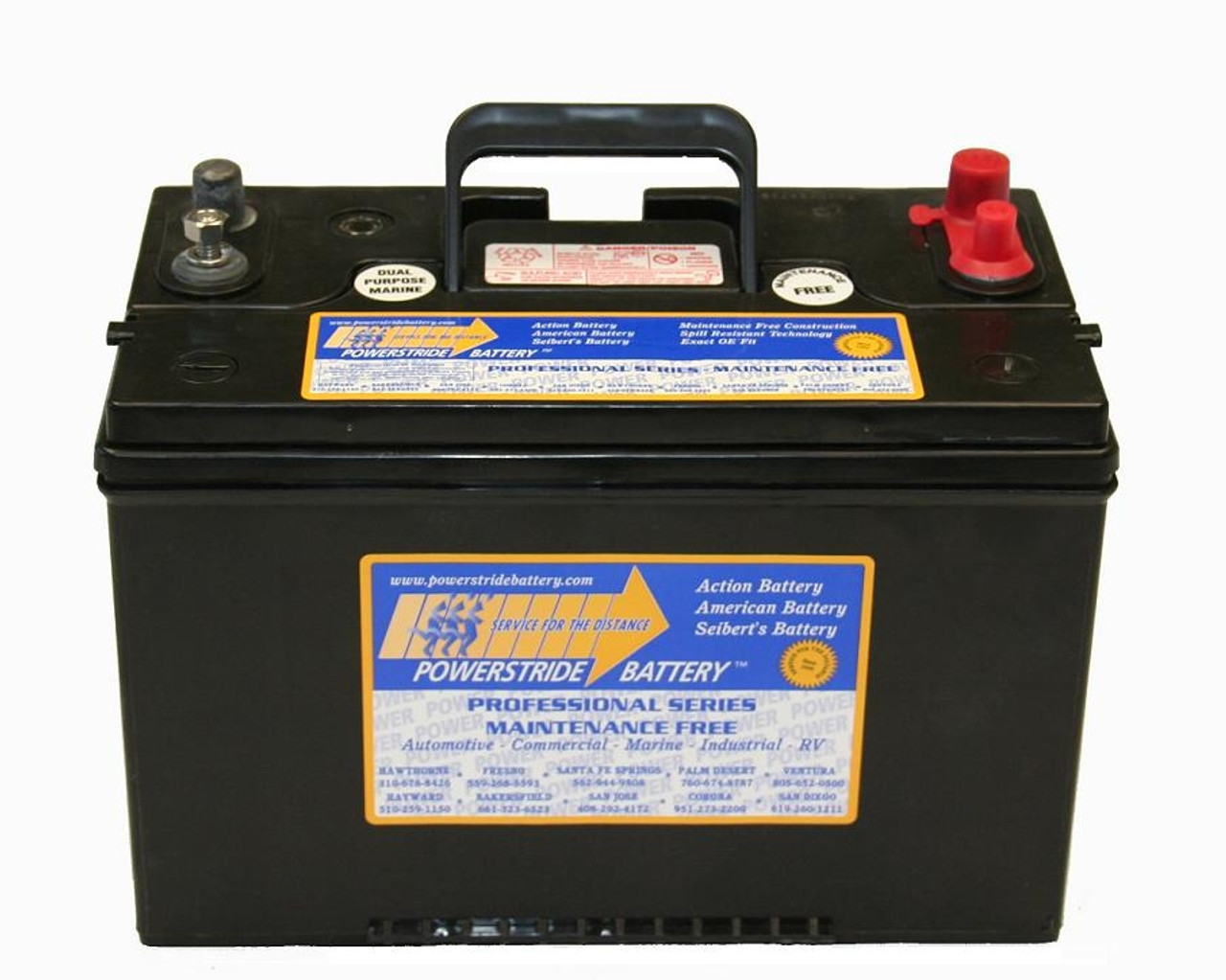
This is possible and won’t cause any major issues, but it is important to note some potential issues: If you are uncertain about the state of charge, either connect them individually to a charger until the charger confirms they are fully charged, or check the voltage with a voltmeter.Ĭonnecting batteries of different amp hour capacities in parallel With secondary (rechargeable) batteries – only use batteries of the same brand and age and make sure all the units are fully charged before connecting them together in parallel.If this isn’t possible, double check the voltages of each unit with a voltmeter. With primary (disposable) batteries – only use batteries of the same brand and age (ideally from the same packet).Even rechargeable batteries will not recharge to the same level as new ones.Īs such, the following guidelines are important: If you mix batteries of different ages – the older batteries will always have a lower voltage as all batteries self-discharge over time.With no resistance to slow this charging process, the charged units can overheat as they rapidly drain and the discharged battery can overheat as it attempts to charge at well above its design capabilities. If you connect rechargeable batteries in parallel and one is discharged while the others are charged – the charged batteries will attempt to charge the discharged battery.for secondary (rechargeable) batteries – the stronger battery would charge the weaker one, draining itself and wasting energy.for primary (disposable) batteries – the stronger battery would still try to charge the weaker one reducing the lifespan of both.

If these were connected in parallel, you are unlikely to see fireworks, but would experience other issues. This means a 1.5 volt battery from brand X could actually be 1.6 volts, while a 1.5 volt battery from brand Y could be 1.55 volts. Due to different manufacturing processes, the exact voltages of batteries from different producers can vary slightly.


#1.5 VOLT BATTERY 910 M SERIES#
For more information on wiring in series see Connecting batteries in series, or our article on building battery banks. This article deals with issues surrounding wiring in parallel (i.e. Different wiring configurations give us different voltages or amp hour capacities. In the graphics we’ve used sealed lead acid batteries but the concepts of how units are connected is true of all battery types. The illustration below show how these wiring variations can produce different voltage and amp hour outputs.

There are two ways to wire batteries together, parallel and series.


 0 kommentar(er)
0 kommentar(er)
